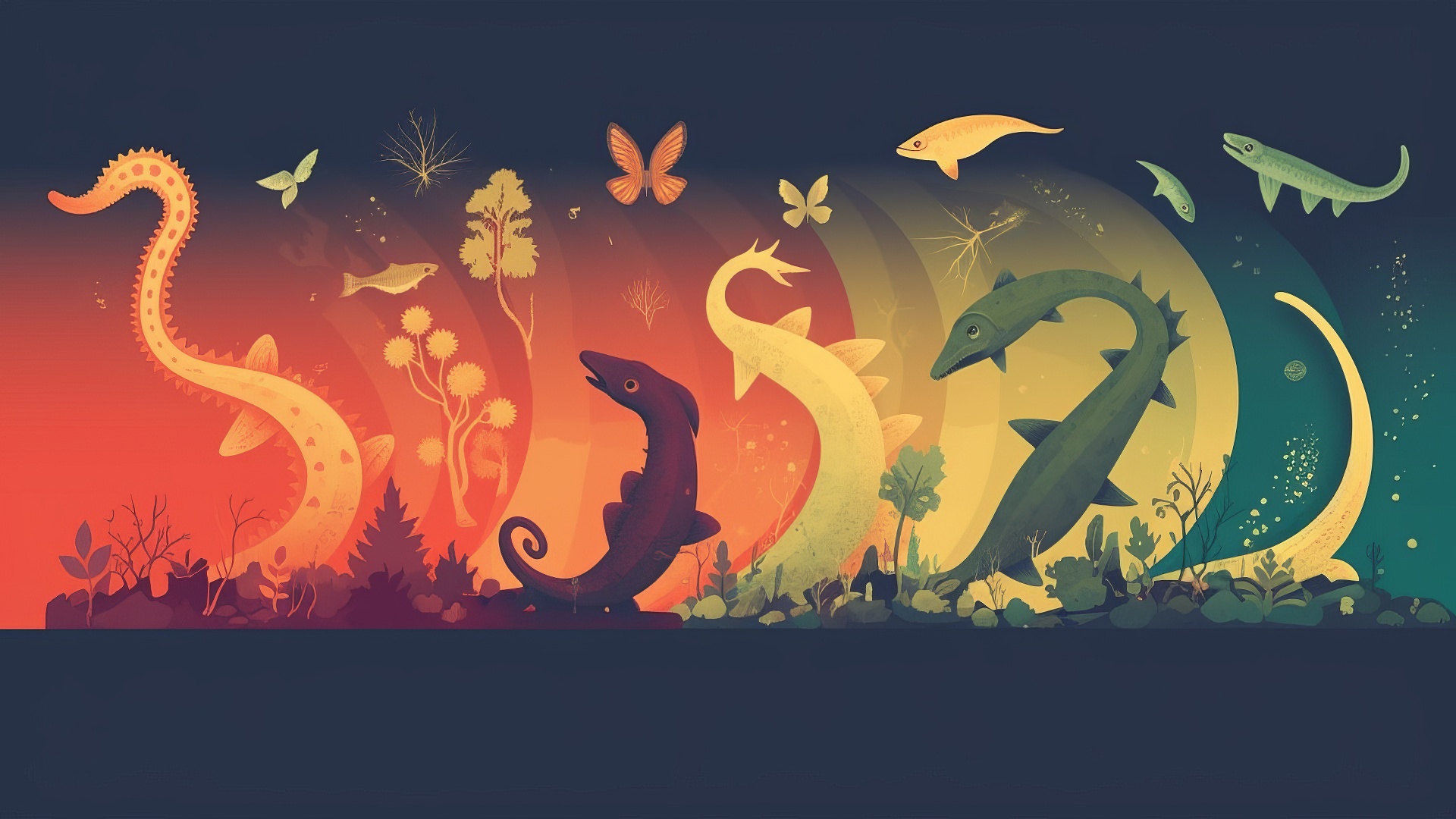Tag: Sexual Selection
-

Batesian Mimicry
In Batesian Mimicry, a harmless species evolves to resemble a harmful one, thereby deterring predators. First articulated in 19th-century scientific research, this form of mimicry is governed by natural selection and frequently manifests in regions of high ecological diversity.
-

Adaptive Valley
The Adaptive Valley, central to evolutionary biology, represents a state of local optimum from which a population finds it difficult to evolve towards better fitness due to the interim lower fitness states. Mutations, genetic drift, and various evolutionary strategies aid this crossing, with applications extending to artificial intelligence and beyond.
-

Interference Competition
Interference competition is a direct struggle between individuals or species for limited resources, often resulting in aggressive behavior or dominance hierarchies. It influences survival, reproductive success, species communities, and can drive evolutionary changes.
-

Environment of Evolutionary Adaptedness
The Environment of Evolutionary Adaptedness (EEA) refers to the historical conditions under which human traits evolved, typically related to the Pleistocene era. It provides a framework for understanding human behavior, cognition, and health from an evolutionary perspective.
-

Maladaptation
Maladaptation refers to evolutionary traits that hinder an organism’s survival and reproduction, possibly leading to extinction. These traits may arise due to various factors, including rapid environmental changes and genetic constraints. Understanding maladaptation aids in conservation efforts and disease management.